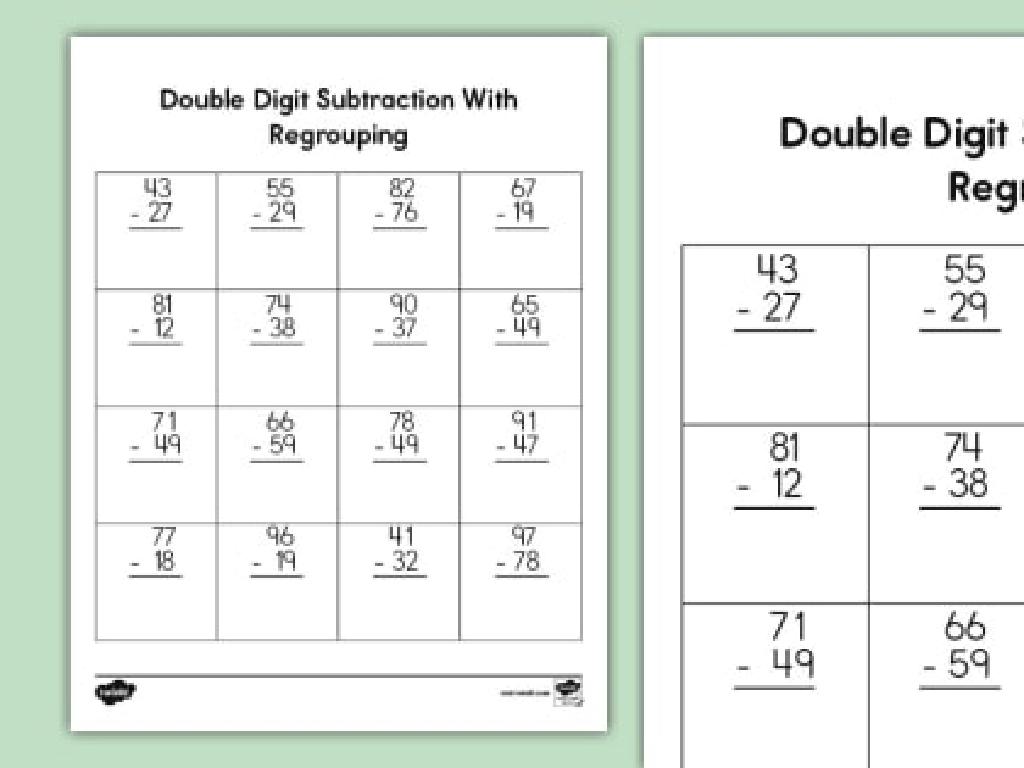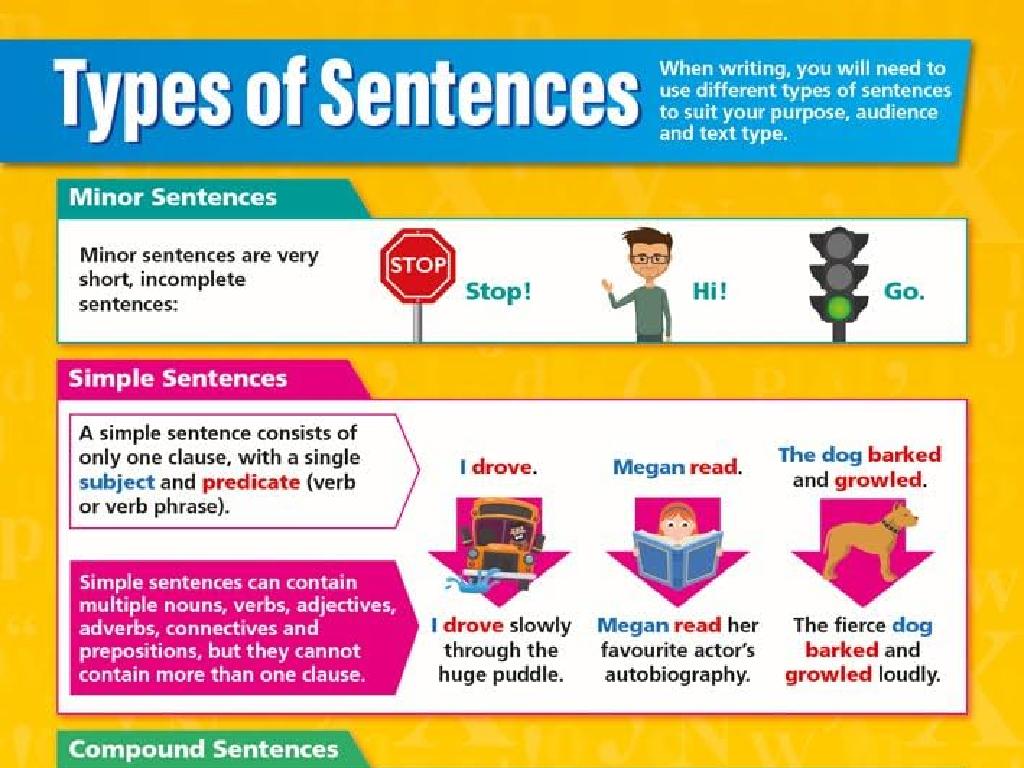The End Of Reconstruction And The Rise Of Jim Crow
Subject: Social studies
Grade: Seventh grade
Topic: Reconstruction
Please LOG IN to download the presentation. Access is available to registered users only.
View More Content
Introduction to Reconstruction
– Post-Civil War era overview
– Definition of Reconstruction
– Era following the Civil War aimed to rebuild the United States
– Objectives of Reconstruction
– Reunite the nation, transform Southern society, and promote rights for freed slaves
– Results of Reconstruction efforts
– Mixed outcomes: some progress but ended with the rise of Jim Crow laws
|
This slide introduces students to the Reconstruction era, a complex period following the Civil War when the United States grappled with reintegrating the Southern states and addressing the status of freed slaves. Emphasize that Reconstruction was not just about physical rebuilding, but also about redefining citizenship and democracy. Discuss the goals, such as reuniting the nation and transforming Southern society, and the outcomes, which included significant, yet temporary, advancements for African Americans. Highlight that the end of Reconstruction led to the establishment of Jim Crow laws, which enforced racial segregation. Encourage students to reflect on the lasting impact of this era on American society.
The End of Reconstruction
– Compromise of 1877’s role
– Ended Reconstruction; Rutherford B. Hayes became president in exchange for troop withdrawal
– Federal troops leave the South
– Troop withdrawal marked the end of federal oversight in Southern states
– Effects on African Americans
– Loss of protection led to disenfranchisement and segregation laws
– Shift in Southern politics
– Power shifted to ‘Redeemer’ governments, undoing many Reconstruction advances
|
This slide discusses the pivotal events that marked the end of the Reconstruction era. The Compromise of 1877 resolved the disputed 1876 presidential election, resulting in the withdrawal of federal troops from the South. This withdrawal signified the end of Reconstruction and had profound impacts on African Americans, who lost federal protection and faced increasing disenfranchisement and segregation laws, known as Jim Crow laws. Additionally, the shift in Southern politics saw the rise of ‘Redeemer’ governments, which aimed to restore pre-Civil War social and political norms. It’s crucial for students to understand these events as they set the stage for the next several decades of race relations in the United States.
The Rise of Jim Crow Laws
– Definition of Jim Crow laws
– State and local laws enforcing racial segregation in the Southern United States.
– Segregation and discrimination examples
– Separate schools, bathrooms, and water fountains; voting restrictions.
– Impact on African American community
– Social, economic, and political suppression; loss of rights and freedoms.
– Understanding the historical context
|
This slide aims to educate students on the Jim Crow laws that were established in the late 19th century, enforcing racial segregation primarily in the Southern United States. Provide clear examples of segregation, such as separate schools and public facilities, and discuss the broader implications of discrimination, including disenfranchisement and social injustices. Highlight the profound effects these laws had on the African American community, leading to a century of struggle for equality. Encourage students to reflect on the long-term impact of Jim Crow laws on American society and the importance of understanding this era to comprehend the ongoing challenges related to civil rights and race relations.
Life Under Jim Crow Laws
– Segregation’s impact on daily life
– Separation in schools, public transport, and more
– African American resistance
– Forms of protest against racial laws
– Resilience in the black community
– Cultural growth, community bonding despite oppression
– Supreme Court’s influence
– Key rulings that affected civil rights
|
This slide aims to explore the harsh realities of life under the Jim Crow laws, which enforced racial segregation in the Southern United States after the end of Reconstruction. Discuss how these laws affected the daily lives of African Americans, including segregation in public spaces and education. Highlight the resistance against these laws, such as boycotts and the formation of civil rights organizations. Emphasize the resilience of the African American community as they found ways to thrive culturally and socially despite systemic oppression. Lastly, examine the role of the Supreme Court during this era, including decisions that both undermined and supported civil rights. Encourage students to reflect on the long-term effects of these laws and the ongoing struggle for racial equality.
The Legacy of Reconstruction
– Reconstruction’s impact on America
– Post-war policies shaped social/economic landscapes.
– Long-term effects of Jim Crow laws
– Segregation laws affected generations.
– Civil rights: An ongoing struggle
– The fight for equality continues today.
|
This slide aims to summarize the lasting effects of the Reconstruction era on the United States. Reconstruction’s policies, particularly the 13th, 14th, and 15th Amendments, laid the groundwork for modern America’s social and economic structures. However, the establishment of Jim Crow laws after Reconstruction ended led to prolonged racial segregation and inequality, the effects of which are still felt today. The ongoing struggle for civil rights, highlighted by movements throughout the 20th and 21st centuries, reflects the continuous effort to address and overcome these long-standing issues. Encourage students to reflect on how these historical events have shaped current societal norms and legal practices, and discuss the importance of understanding history to prevent repeating past injustices.
Role-Play Activity: Life During Jim Crow
– Divide into small groups
– Role-play Jim Crow scenarios
– Each group acts out a daily life scene from the Jim Crow era
– Reflect on the experience
– Consider emotions felt during role-play
– Group discussion and learning
– Share insights on the impact of Jim Crow laws
|
This class activity is designed to help students empathize with the experiences of people who lived during the Jim Crow era. By dividing the class into small groups, students can work together to create and act out scenarios that illustrate the segregation and discrimination of that time. After the role-play, guide the class in a discussion to reflect on their emotional responses and what they’ve learned about the social dynamics of the era. Encourage students to think critically about the long-term effects of Jim Crow laws on society. Provide a safe space for students to express their feelings and thoughts. Possible scenarios include experiencing segregation in public spaces, such as schools and transportation, or the enforcement of voting restrictions. The goal is for students to gain a deeper understanding of the historical context and the human impact of these laws.






